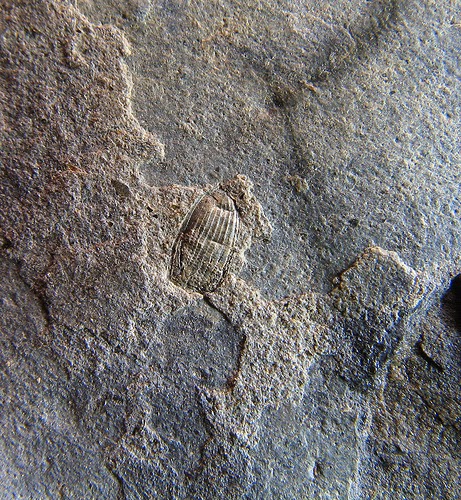
Preliminary sampling at a Mid West shale outcrop has turned up one of the most diverse collections of early Triassic fossils ever recorded.
The fossils include the remains of plants and animals that lived in part of a shallow estuarine basin extending deep into the supercontinent Gondwanaland’s interior, about 250 million years ago.
Most of coastal WA, and Australia’s western continental shelf, comprise a fragment of this basin, as does part of present-day Antarctica.
Present-day India was immediately adjacent and it later opened up in a rift that formed the Indian Ocean.
UWA Honorary Research Fellow micro-palaeontologist David Haig says besides microorganisms his team found insects, crustaceans and macroplant remains never before recorded from this time and place.
“The early Triassic [250−200 million years ago] is particularly interesting because it’s the time immediately after the end-of-Permian mass extinction,” he says.
“Relatively little is known, particularly in Australia, about the early Triassic faunas and floras.
“Although it’s a numerically small assemblage it has really given us an insight into the diversity of things just after this end-of-Permian extinction.”
Dr Haig says the series of shallow inland seas at the time provided conditions in many ways similar to estuaries today.
Ancient inland seas comparable to modern estuaries
These condition include variable salinity and variable temperature with periodic inflows of freshwater, which brought in terrestrial fossils.
“Because these seas were highly variable in terms of salinity the biota that lived in these seas would have withstood probably large changes in salinity and temperature,” he says.
“The main importance of the study is to bring to light what is a seemingly very diverse biota.”
He says he made the find with stratigrapher Dr Arthur Mory and mineralogist Dr Jenny Bevan while scoping out a site for a student field trip and he immediately recognised some very interesting fossils.
“We brought slabs of rock back to UWA and carefully cleft them to get bedding surfaces,” Dr Haig says.
“The fossils are very tiny so they have to be examined under a stereo microscope, and when we did this we found a whole variety of things.
“When I found something of interest I numbered the specimens and I took photographs of the specimens.”
They then contacted specialists to send the photographs to for identification.
Dr Haig stressed that they cannot yet determine diversity within individual plant and animal groups.
They are yet to enlist the aid of specialist taxonomists, and also need to collect more samples at the site.
Note : The above story is based on materials provided by Science Network WA










